Gone are the days when you begrudgingly went to the library so you can check out a reference book on a topic you’re not even remotely interested in for a class you’re required to take. Here at The Archive, we know that curiosity cannot be forced. And we also know just how exciting a reference book can be when it’s about something that you really care about. That’s why we’re dedicating a whole post to different types of reference books; so that you can find a topic that re-ignites your thirst for knowledge.
No matter what era of history entices you most, we’ve got a reference book that’s calling your name. Down below you’ll find books about important historical figures, US Navy submarines, and all sorts of military groups from 700 BCE to post-WWll. There’s nothing more freeing than picking up a book by choice; read on to find one that speaks to you.
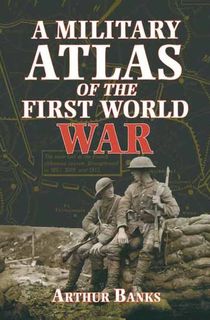
A Military Atlas of the First World War
Described as “indispensable,” A Military Atlas of the First World War is an incredibly detailed World War I reference book that tackles the topic from every angle. Using a combination of 250 maps, diagrams, and statistics, Arthur Banks covers everything from the strategy of political campaigns to actual military strategy, and supplements the knowledge with comprehensive analysis as well as illustrations. It’s a reference tool that truly leaves you without questions.

The German Offensives of 1918
In contrast to the previous book on our list, The German Offensives of 1918 focuses solely on one year during World War I. Through previously unpublished eyewitness accounts, photographs and original German, British, and French sources, readers get a more detailed idea of Germany’s military tactics, as well as the impact of German civilians on the army’s defeat. It’s a great reference tool for learning about how the army crumbled from within, as opposed to most books which explain the external forces that took the army down.

Handbook to Roman Legionary Fortresses
An innovative piece of reference material, this book is a guide to the legionary fortresses of the entire Roman Empire, of which there are approximately 85 known sites. Each fortress description includes the location, history, and layout, among other details. The heart of the book features an illustrated catalog of each base detailing their specific structure as well as an aerial photograph. One of the most fascinating aspects of this book is that it includes a website with relevant links for further research, as well as a Google Earth file for all of the known locations.

Jungle Warfare
If you learn best in a less formal setting, Jungle Warfare by Colonel John Cross is a reference book that discusses the conditions of jungle warfare largely from his own personal experiences. That being said, it’s definitely still instructional, as Cross blends his own personal accounts with a wide variety of sources as well as assessments of strategies used by both enemy groups and allies. He also notes the strategies used in WWll and how they developed into tactics used in other places in later wars.
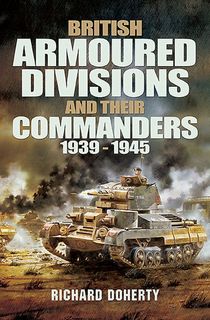
British Armoured Divisions and Their Commanders, 1939–1945
Written by a military historian, this book details the impact of the British Armoured Divisions on the victory of the Second World War. It references the men who commanded each formation and their influence on operations, as well as what they did with their lives after the war. It also talks about the many aspects of armored warfare, including how it came to be, the development of military tactics, and the ever-evolving design of the tanks.
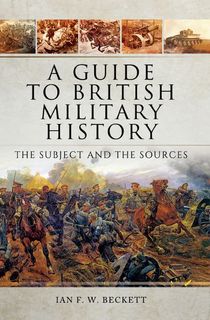
A Guide to British Military History
Ian Beckett’s guide introduces readers to the key debates, issues, and resources to the ever-evolving study of British warfare. Because current war study is generally discussed on a more global scale, there are many more aspects of war to consider than there were even 40 years ago. It’s for this reason that Beckett emphasizes the British war experience from 1500 to now: because, as we know, the sun never sets on the British empire, and they’re a group who has seen it all.
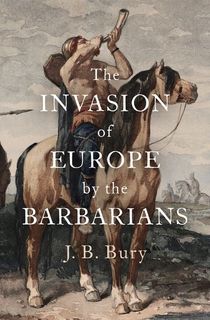
The Invasion of Europe by the Barbarians
Written by a classical scholar and historian in 1928, this reference book details a point in history not often taught in history class: the transition from the ancient world to the medieval world. This book notes how the growing populations of the Goths, Vandals, Gepids, Burgundians, Lombards, and others would bring about the end of the Roman Empire and shape Europe into the continent that we know today.

United States Navy Submarines 1900–2019
With submarine trips trending yet again in the media, United States Navy Submarines 1900-2019 is a great reference book for those who would like to learn more about the history of these vessels. This book is a photographic history book that provides extremely detailed descriptions of the many US Navy submarine classes. It also dedicates a segment to Admiral Hyman G. Rickover and his role as “the father of the nuclear navy.”
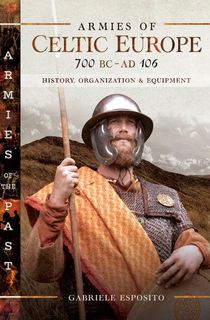
Armies of Celtic Europe, 700 BC–AD 106
In Armies of Celtic Europe, Gabriele Esposito takes a look at the military might of the Celtic warriors that allowed them to dominate much of Europe for centuries. In fact, they were such good warriors, what with inventing the horned saddle and chainmail and all, that they were actually employed as mercenaries when not at war themselves. This book also features photographs from reenactors, in color, to help bring these long-gone warriors back to life.
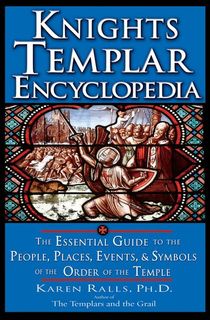
Knights Templar Encyclopedia
An incredibly organized reference book written by medieval historian Dr. Karen Ralls, this account about the Catholic military order includes extensive information on Templar people, places, events, symbols, organization, daily life, beliefs, economic empire, trials, and more. And if that wasn’t enough, the book features photos and illustrations, a bibliography, a historical timeline, and a list of major European Templar sites, all in alphabetical order. Dr. Ralls wasn’t messing around when she sat down to write this guide.
This post is sponsored by Open Road Media. Thank you for supporting our partners, who make it possible for The Archive to continue publishing the history stories you love.
